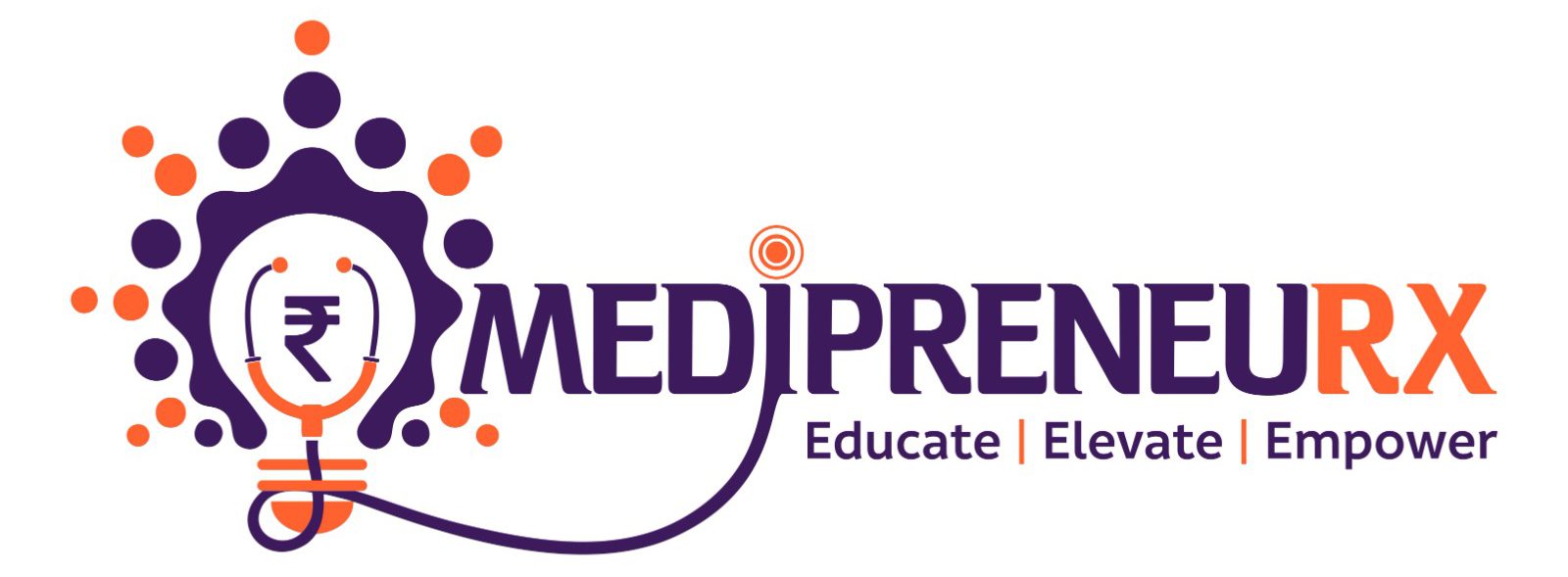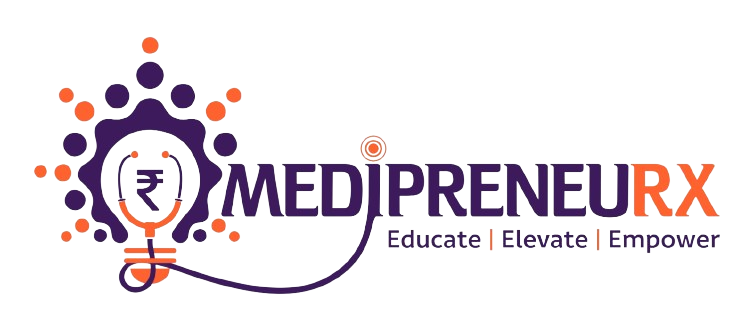The population of India is experiencing a ten-year lead time in cardiovascular disease (CVD) cases compared to those in Western nations. The Association of Physicians of India (API) has brought attention to this important matter, which highlights a serious health problem that the country is currently facing.
Globally, cardiovascular diseases, encompassing heart disease and stroke, constitute the primary cause of mortality. Regrettably, India ranks second globally in terms of mortality from CVD. The statistics are very alarming: over 17% of Indian women and over 20% of Indian males pass away from CVDs annually. The President of API, Dr. Milind Y. Nadkar, emphasizes that the situation is dire because Indians have a 20–50% greater death rate from coronary artery disease (CAD) than other populations.
Due to its early beginning, CVD rates have rapidly increased in India. In contrast to Western countries where cardiovascular disorders usually strike later in life, Indians are developing similar problems ten years sooner. The number of CAD-related deaths and disability in India has doubled in the last 30 years, and this early onset is a major contributing factor to this increase. The quick rise is attributed to a number of lifestyle variables that are made worse by urbanization and socioeconomic shifts, such as high rates of smoking, poor food, inactivity, and increased stress levels.
There are significant ramifications for this development. Early start of CVD has a significant financial impact on the healthcare system in addition to negatively affecting people’s quality of life. The growing number of heart disease and stroke victims puts a pressure on the medical system’s infrastructure and resources, which drives up expenses and restricts access to care for a large number of patients.
The solution to this dilemma must be diverse. Preventive measures, such as boosting physical activity, supporting healthy lifestyles, changing eating habits, and lowering stress levels, must be the main focus of public health programs. Furthermore, early diagnosis and treatment of cardiovascular illnesses can be aided by increasing public knowledge of the dangers associated with these ailments and the value of routine health examinations.
In conclusion, the early onset and high death rates of the CVD epidemic in India make it a serious health concern when compared to other countries. In order to address this problem, the public, legislators, and healthcare professionals must work together to put appropriate management and prevention measures into place.
SOURCE :
THE INDIAN EXPRESS








